The 10 Most Iconic ’90s Movie Villains Everyone Still Remembers Today
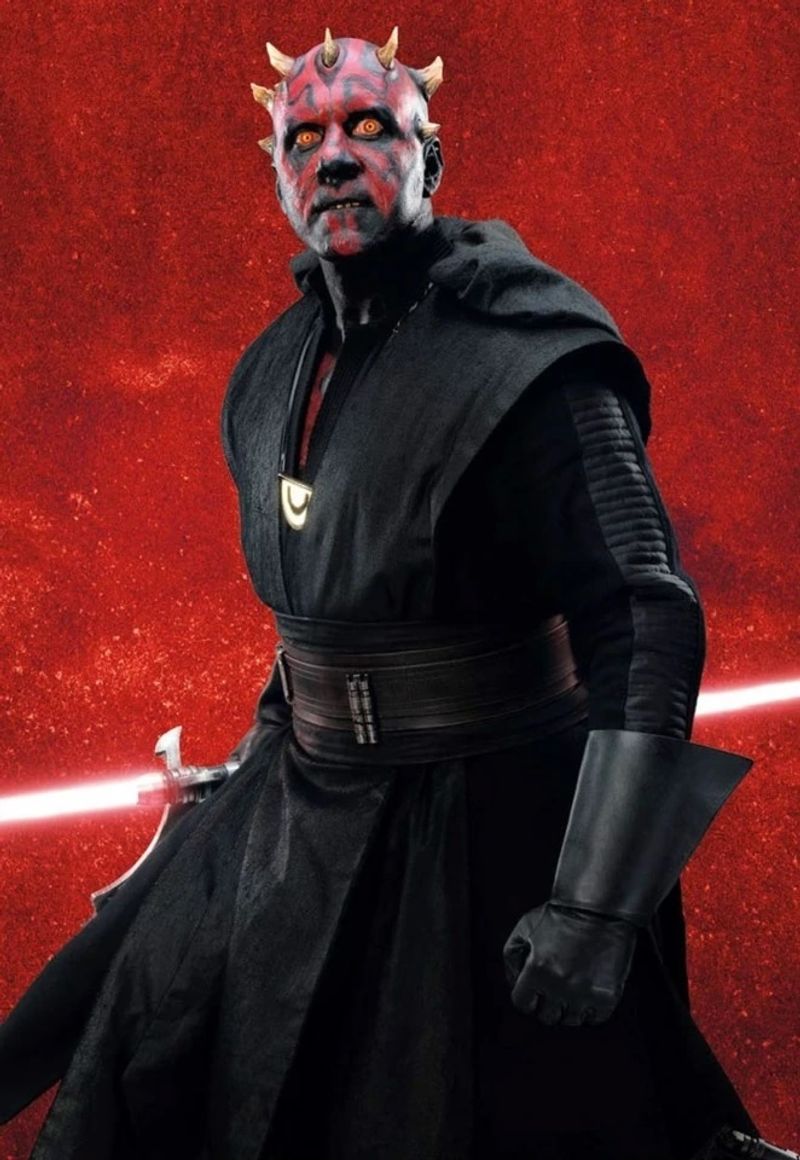
The 1990s delivered some of the most unforgettable villains in movie history. These bad guys didn’t just frighten audiences—they carved their way into our minds and stayed there for decades. From chilling serial killers to supernatural monsters, their dark deeds and iconic lines continue to haunt our nightmares while leaving a lasting mark on pop culture.
1. Hannibal Lecter – The Silence of the Lambs (1991)
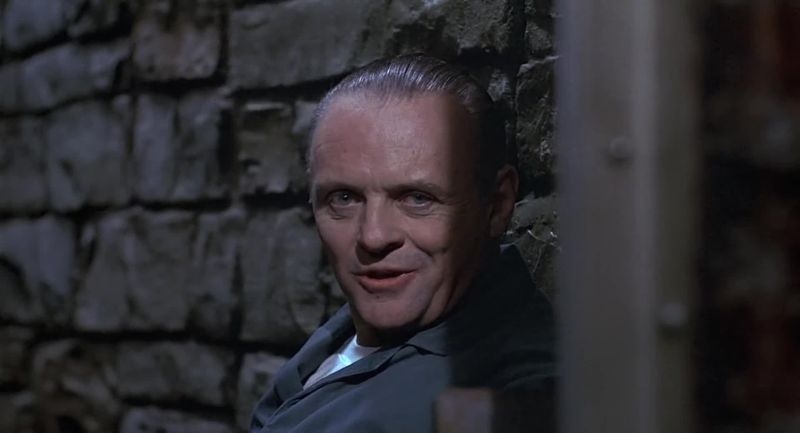
Behind bulletproof glass lurks cinema’s most sophisticated monster. Anthony Hopkins transformed Hannibal Lecter into an icon with just 16 minutes of screen time, earning an Oscar for his bone-chilling performance.
His calm intelligence makes him more terrifying than any raging beast. The way he savors describing eating a census taker’s liver “with some fava beans and a nice Chianti” followed by that infamous hissing sound still sends shivers down spines.
Lecter’s psychological chess game with Clarice Starling created a villain so complex we found ourselves strangely drawn to him despite his cannibalistic appetites.
2. Pennywise – It (1990 miniseries)
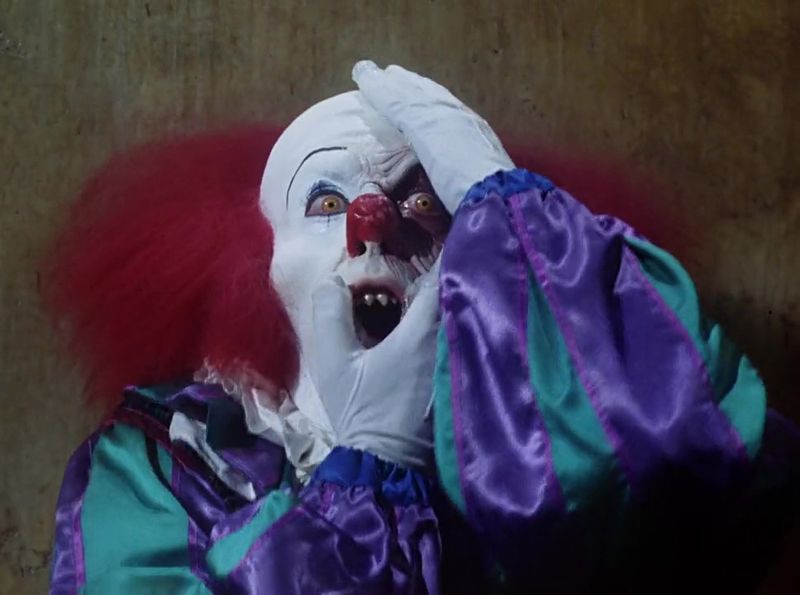
Tim Curry’s portrayal of the dancing clown who feasts on children’s fears permanently ruined birthday parties for an entire generation.
Lurking in storm drains with his bright red balloon, Pennywise wasn’t just another monster – he was childhood fears personified. His ability to transform into whatever terrified you most made him uniquely personal to each victim.
Those razor-sharp teeth hiding behind that painted smile created a villain so effective that clown phobia rates skyrocketed after the miniseries aired. Nearly thirty years later, many adults still can’t look at storm drains without quickening their pace.
3. Agent Smith – The Matrix (1999)
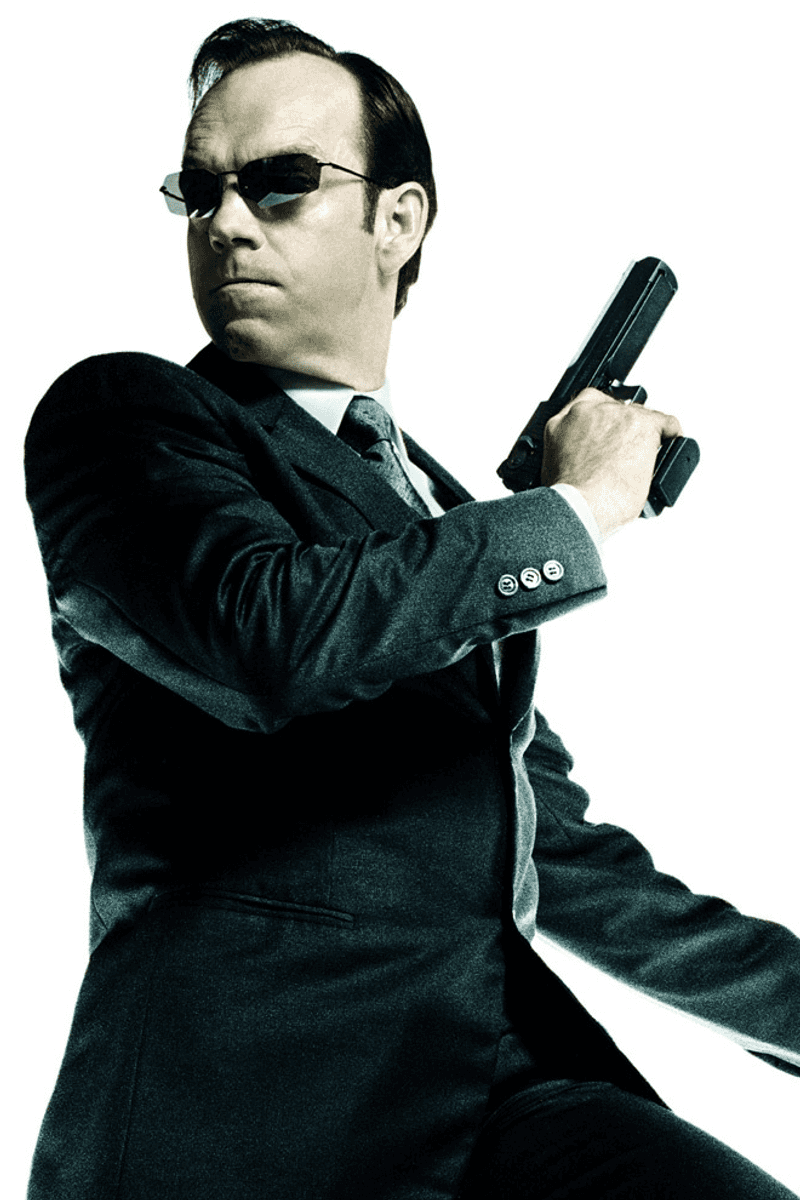
No one could make a name sound more threatening than Hugo Weaving’s digital enforcer. His emotionless delivery and perfect posture created an artificial predator that felt unnervingly real.
Smith represented the system’s cold logic – a program designed to maintain order who developed a hatred for humanity that exceeded his programming. His ability to replicate himself made him the ultimate unstoppable force.
What makes Smith truly memorable is his philosophical disgust with humans, comparing us to a virus. His sunglasses-wearing, suit-clad appearance became so iconic that countless parodies followed, cementing his place in pop culture history.
4. Annie Wilkes – Misery (1990)
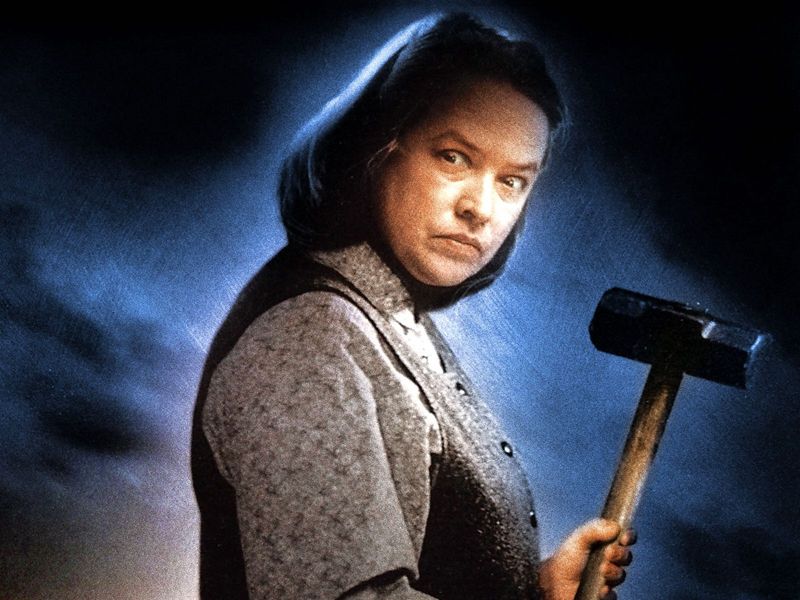
Sweet-talking one moment, swinging a sledgehammer the next. Kathy Bates’ portrayal of Annie Wilkes created cinema’s most terrifying superfan, earning her an Academy Award and our lasting nightmares.
Her mood swings made her unpredictable, but it was her twisted love that made her truly dangerous. The infamous “hobbling” scene where she breaks her captive’s ankles remains one of film’s most wince-inducing moments of violence.
What’s scariest about Annie isn’t supernatural powers or weapons – it’s how realistic she feels. We’ve all encountered obsessive personalities, making her a villain who could exist in our world, lurking just beyond the bestseller signing table.
5. John Doe – Se7en (1995)
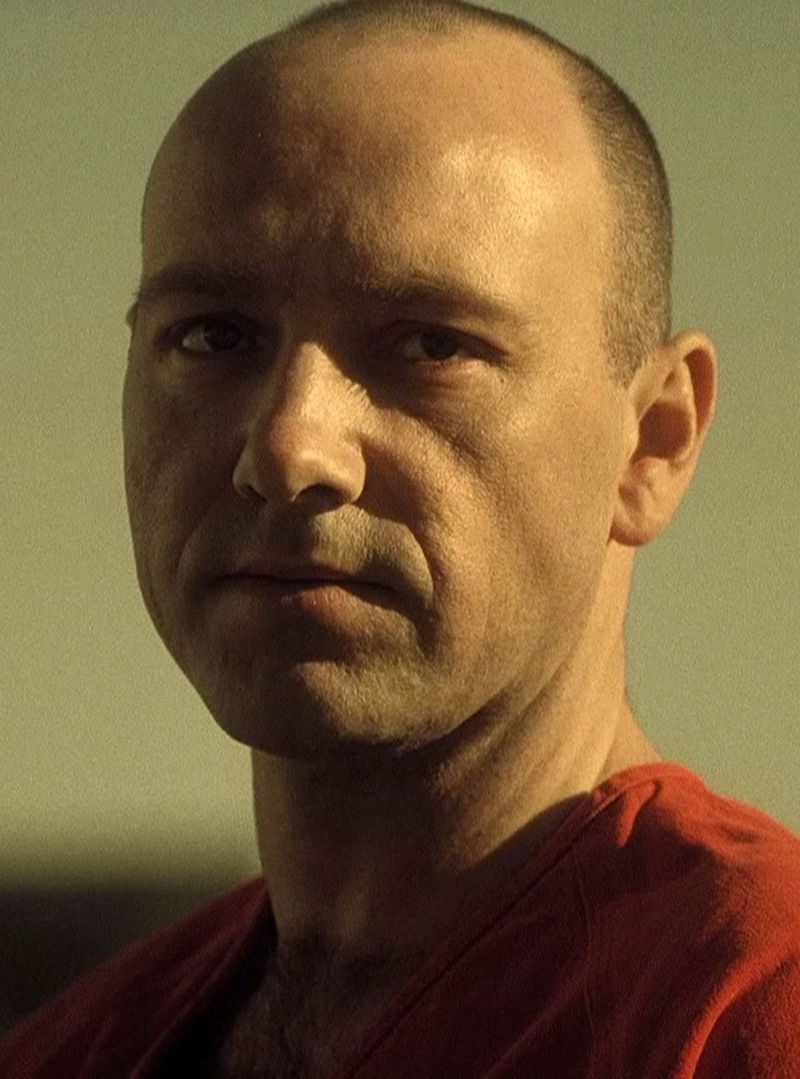
Kevin Spacey’s methodical killer never raised his voice, yet he delivered one of cinema’s most devastating final acts. His calculated murders based on the seven deadly sins revealed a twisted moral crusader rather than a mindless killer.
Director David Fincher deliberately kept Spacey’s name off promotional materials, making his third-act reveal genuinely shocking to audiences. His calm surrender to police was merely the setup for his horrifying endgame.
John Doe’s intellectual approach to evil made him uniquely disturbing – a villain who believed himself righteous while committing unspeakable acts. His legacy lives on in countless psychological thrillers that followed his blueprint.
6. Amon Göth – Schindler’s List (1993)
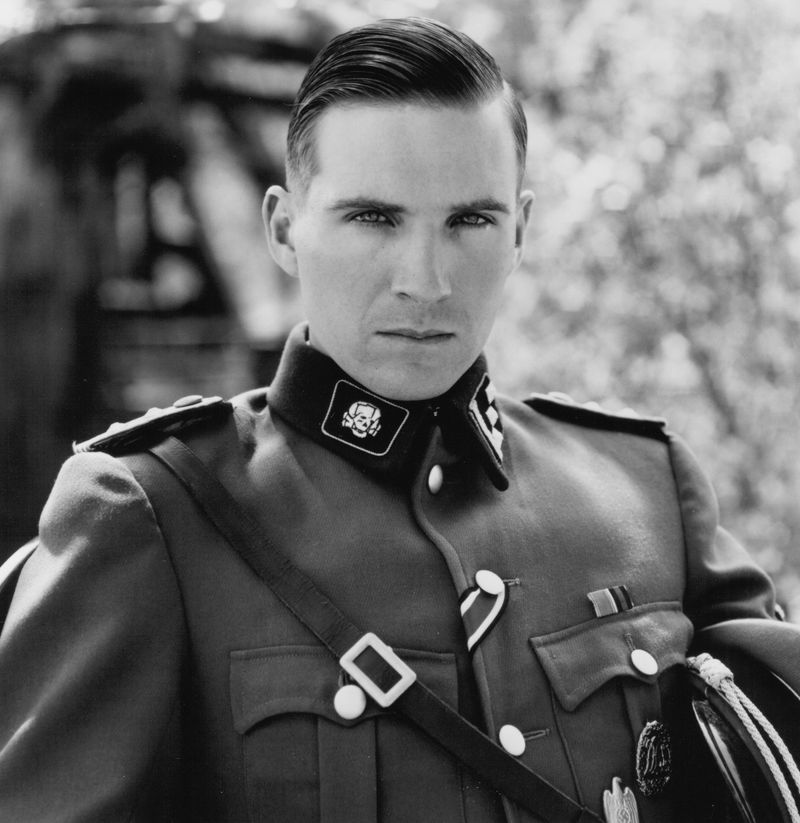
Ralph Fiennes brought true historical evil to life with terrifying authenticity. His portrayal of Nazi camp commandant Amon Göth, casually shooting prisoners from his balcony like a morning ritual, showed how banality and brutality could coexist in human form.
Unlike fictional villains, Göth’s real-world existence made him all the more chilling. Fiennes captured his contradictions – the man who could discuss art at dinner after ordering mass executions hours earlier.
Spielberg’s unflinching camera showed Göth’s casual cruelty without sensationalism. Holocaust survivors who saw the film commented on how accurately Fiennes captured the man’s essence, creating a villain whose power comes from historical truth rather than Hollywood invention.
7. Darth Maul – Star Wars: The Phantom Menace (1999)
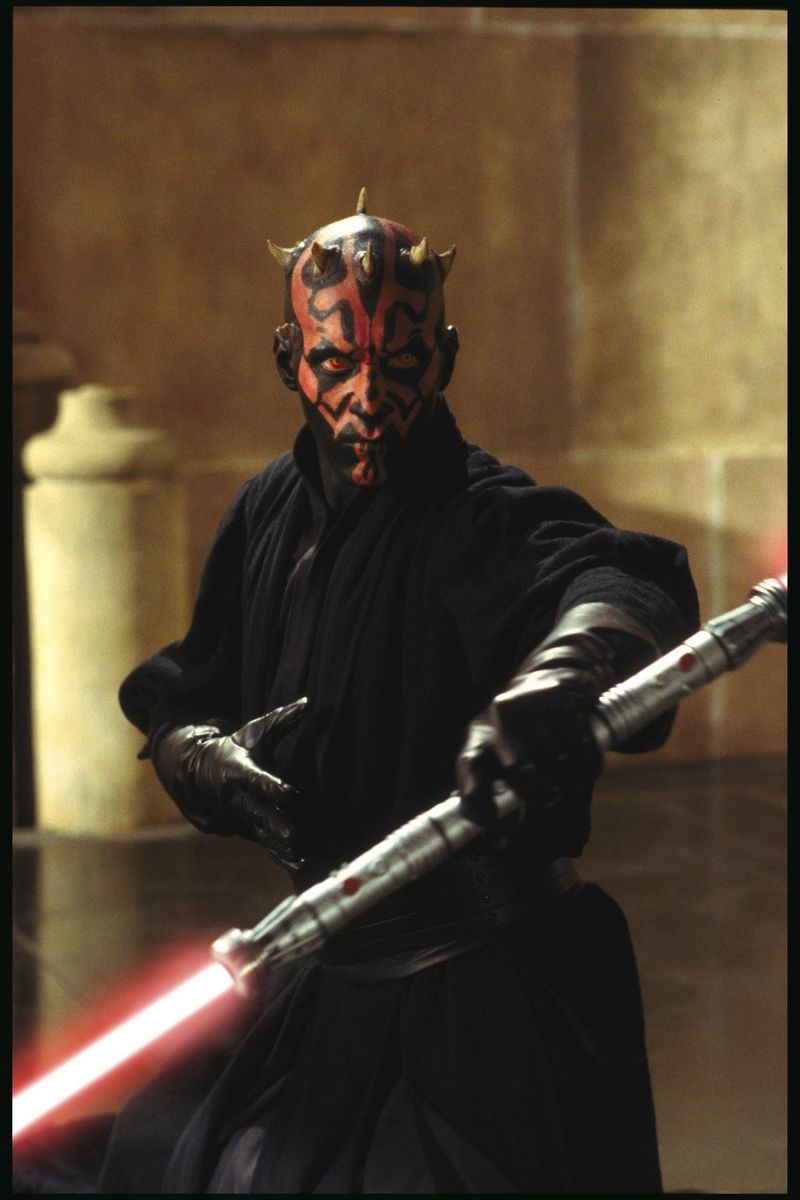
Red and black face paint, horns, and a double-bladed lightsaber that ignited audience imaginations. Ray Park’s acrobatic Sith Lord spoke barely a dozen lines yet became the standout villain of the Star Wars prequels.
His unforgettable duel with Qui-Gon Jinn and Obi-Wan Kenobi, set to John Williams’ “Duel of the Fates,” created one of the saga’s most pulse-pounding sequences. Maul’s martial arts prowess brought a new physical dimension to Dark Side wielders.
Despite his limited screen time and premature demise, fans were so captivated by his demonic appearance and fighting style that he was eventually resurrected in animated series. His visual design alone secured his place among the decade’s most memorable villains.
8. The Sheriff of Nottingham – Robin Hood: Prince of Thieves (1991)
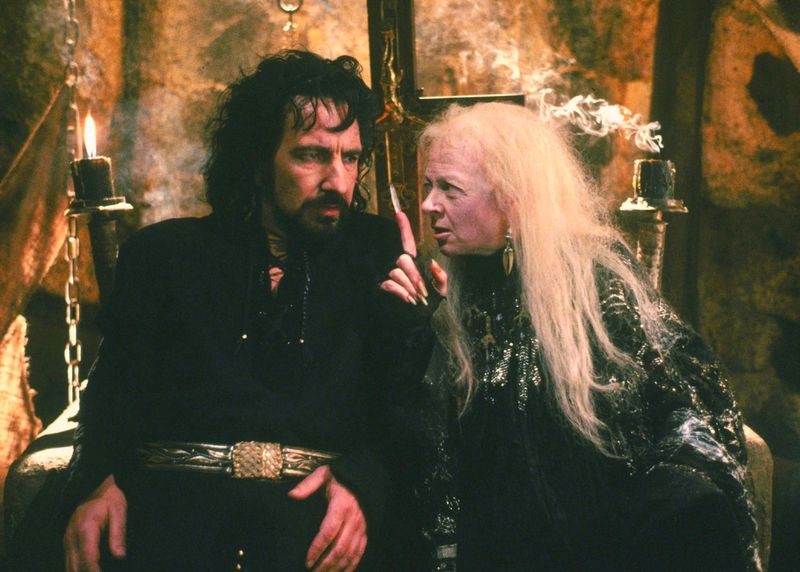
Alan Rickman devoured scenery with gleeful malice as the power-hungry Sheriff, stealing the film from Kevin Costner’s hero with every sardonic line delivery.
Unlike traditional depictions of the character as merely greedy, Rickman’s Sheriff was deliciously unhinged. His threat to cut out Robin Hood’s heart with a spoon – “because it’s dull, you twit, it’ll hurt more” – showcased his perfect blend of menace and dark humor.
Rickman reportedly rewrote many of his own lines, creating a villain so entertaining that audiences secretly rooted for him. His performance elevated what could have been a forgettable blockbuster into a film remembered primarily for its magnificent antagonist.
9. Candyman – Candyman (1992)
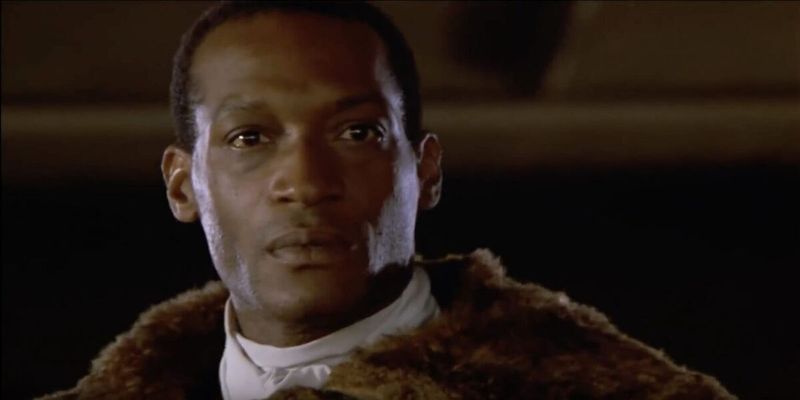
Mirror, mirror on the wall – say his name five times and doom will befall. Tony Todd’s haunting performance as the vengeful spirit with a hook for a hand created urban legend nightmare fuel that still resonates today.
His deep, hypnotic voice telling the tragic origin story of a Black artist murdered for loving a white woman gave this villain unexpected depth. The bees swarming from his mouth became one of horror’s most distinctive and unsettling visual signatures.
Unlike many slasher villains, Candyman carried social commentary about racial injustice and generational trauma beneath his terrifying exterior. His legacy as one of horror’s few prominent Black antagonists helped pave the way for more diverse genre storytelling.
10. Judge Claude Frollo – The Hunchback of Notre Dame (1996)
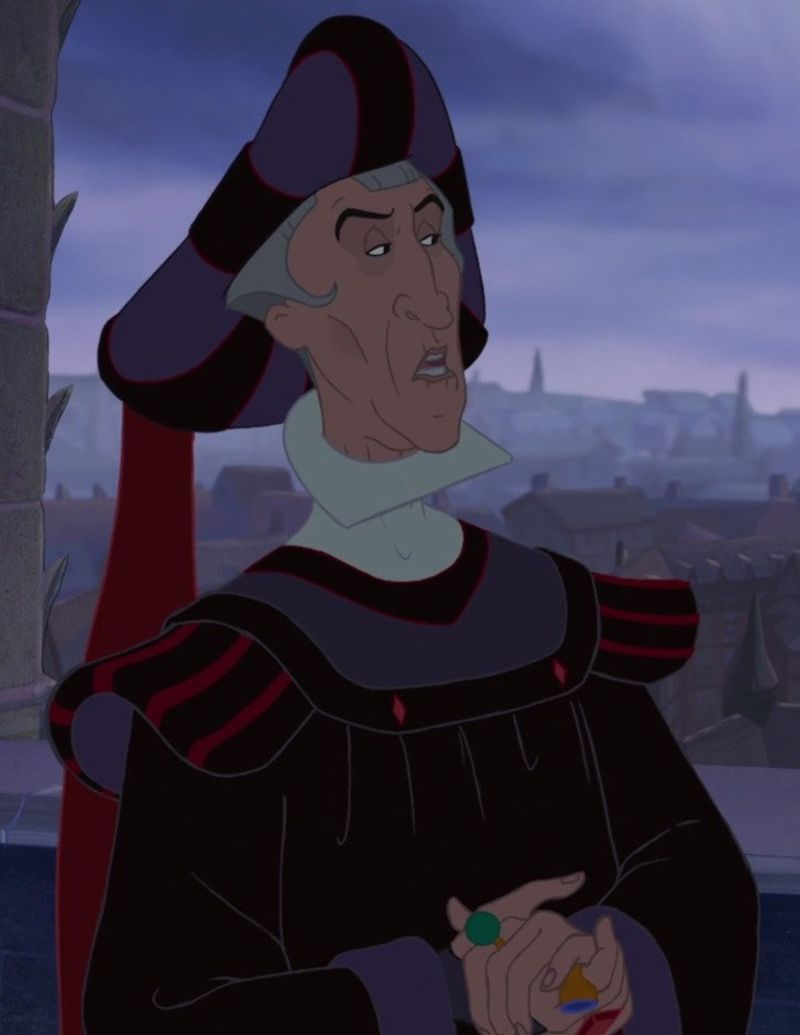
Disney’s darkest villain ever burned his way into our memories with religious fanaticism and disturbing obsession. Voice actor Tony Jay’s deep, authoritative performance created a man whose evil came not from magic but from twisted human psychology.
His song “Hellfire,” where he blames his lust for Esmeralda on her rather than taking responsibility, remains shockingly adult for an animated film. Frollo’s willingness to burn all of Paris to capture one woman revealed depths of madness rarely explored in family entertainment.
What makes him truly terrifying is his belief that his cruelty is righteous. Unlike cartoonish villains who know they’re bad, Frollo sees himself as morally superior while committing genocide against the Roma people.

Comments
Loading…